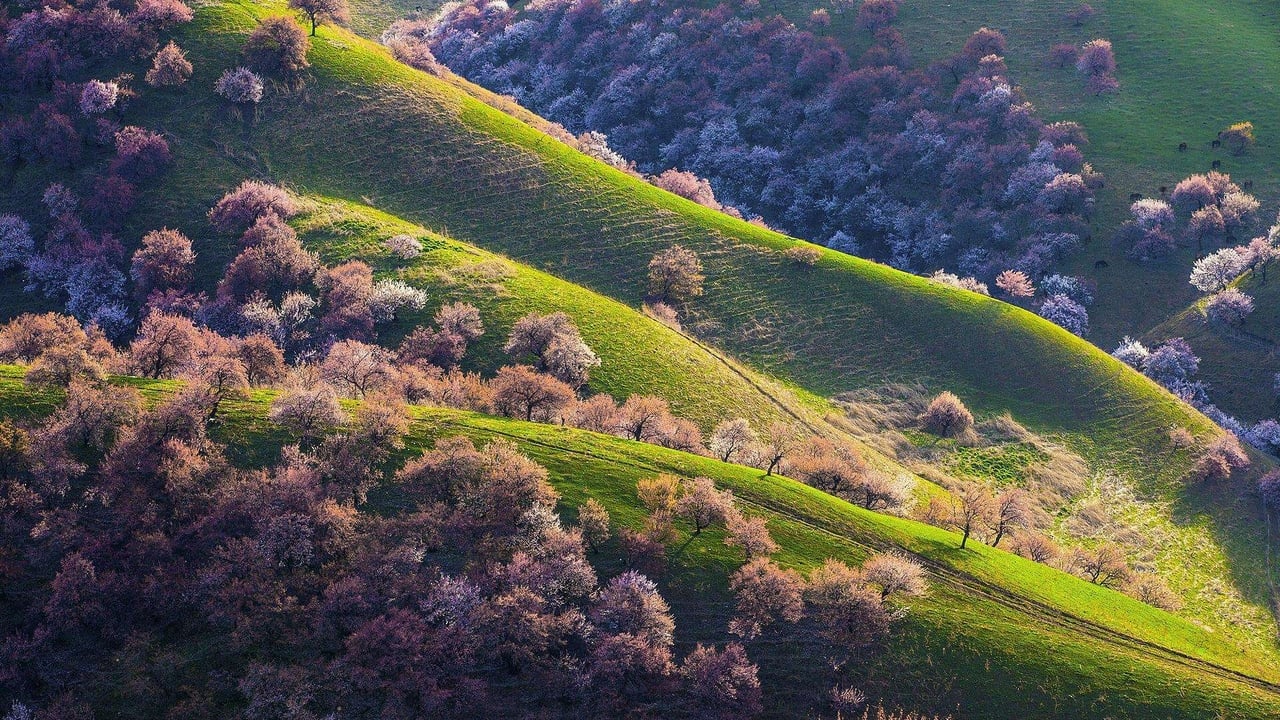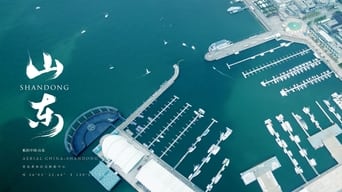Aerial China Season 3

The large-scale aerial documentary "Aerial China", produced by CCTV and contracted by CCTV Records International Media Co., Ltd., is a documentary film that overlooks China from an aerial perspective and comprehensively and stereoscopically displays History of China's historical and cultural landscape, natural and geographical features, and economic and social development and changes. The series consists of 34 episodes, each lasting 50 minutes, covering 23 provinces, 5 autonomous regions, 4 municipalities, and 2 special administrative regions across the country. This film will be entirely completed through aerial photography, with each episode selecting the most representative and ornamental historical, cultural, natural, and modern landscapes from various provinces and cities. Using aerial flight routes as clues, it will showcase a beautiful China, ecological China, and civilized China that the audience is familiar with and full of freshness through storytelling.
Watch NowWith 30 Day Free Trial!
Aerial China
2017
The large-scale aerial documentary "Aerial China", produced by CCTV and contracted by CCTV Records International Media Co., Ltd., is a documentary film that overlooks China from an aerial perspective and comprehensively and stereoscopically displays History of China's historical and cultural landscape, natural and geographical features, and economic and social development and changes. The series consists of 34 episodes, each lasting 50 minutes, covering 23 provinces, 5 autonomous regions, 4 municipalities, and 2 special administrative regions across the country. This film will be entirely completed through aerial photography, with each episode selecting the most representative and ornamental historical, cultural, natural, and modern landscapes from various provinces and cities. Using aerial flight routes as clues, it will showcase a beautiful China, ecological China, and civilized China that the audience is familiar with and full of freshness through storytelling.
Watch Trailer
Aerial China Season 3 Full Episode Guide
Ningxia Hui Autonomous Region is located in the interior of northwest China. Liupan Mountain and Helan Mountain, respectively, stand at its northern and southern ends. In the south of Ningxia, there is a Loess Plateau with little rainfall. To its north, it is surrounded by three deserts at the same time. The Yellow River, which runs through it, gives birth to the affluent South of the Seas. Two mountain ranges define the north and south of Ningxia. At the southernmost end, is the green and lush Liupan Mountain. At the northernmost end, is the towering Helan Mountain. The Yellow River has left a footprint of 397 kilometers in Ningxia. Its arrival brings hope and vitality to the land.
Hebei, located in North China, is the only province in China that has both plateaus, plains, mountains, basins, deserts, hills, lakes and seashores. Yanshan Mountain straddles the northern part of Hebei, the boundary between the plateau and the plain, the throat from northeast to north China. Along a route of less than 5 kilometers, you can travel through a century and see clearly the heart of the indomitable city of Tangshan.
Hunan, located in south central China. It is surrounded by mountains on three sides and has a dense network of rivers in the central hills. Many rivers are eventually connected to the Yangtze River through Dongting Lake in the north. People often use Xiaoxiang to refer to Hunan in general. The 354-kilometer-long Xiaoxiang River was once the main transportation route in southern Hunan. People work hard on this land and study hard in this mountainous area. The small courtyard in the Yuelu Mountain, built in the Northern Song Dynasty, has gained the favor of readers for many generations. The culture of cultivation and study has been flowing here for a long time.
Jilin Province is located in the central part of the northeast region of China, the topography of which is high in the east and low in the west. The Changbai Mountains sit in the southeast, the Yalu and Tumen rivers outline its contours, and the Songhua River winds westward to irrigate thousands of miles of fertile land. One hundred years ago, the Middle East Railway was opened, and Jilin has been on the journey of industrialization and modernization since then. The dream of automobiles, movies, scientific research and aviation has been realized here one by one, and this is a city illuminated by dreams.
Shanxi, located in the northern part of China. The mountainous area covers 80% of the province. The Taihang Mountains and the Yellow River shape its natural boundaries. The Fen River and its tributaries wash out a series of basins. It is one of the birthplaces of Chinese civilization.
Tianjin is located in the northeastern part of China's North China Plain, bordering Beijing to the west and the Bohai Sea to the east. Numerous rivers converge on this coastal plain, and the final main stream is called the Haihe. In the old days, it used to be a necessary place for canal boats, and people from the south and north of the country came to Tianjin along the canal. The 73-kilometer-long Haihe was once the busiest river in northern China. More than 100 years ago, Tianjin was forced to become an early port of entry for commerce. Since then, the banks of the Haihe River became a treasure trove of foreign capital, and the self-improvement movement of the Chinese people, which chose this place, a strong bank and company merchants, made Tianjin the financial center of northern China at that time.
Shandong Province is located in East China, bordering the Bohai Sea and the Yellow Sea. The central part of the mountainous region rises up, with Mount Tai standing between it. The Yellow River comes from the west, crosses the northern plain, and flows all the way east to the sea. The way of Confucius and Mencius originated here. The Yellow River civilization and the sea civilization mingled here. The developed maritime trade transported goods to all over the world.
Located in southwestern China, Guizhou is the only province in China that is not supported by plains, with mountains and hills occupying more than ninety percent of the province's area. Straddling two major water systems, the Yangtze and Pearl River, and thousands of rivers, Guizhou has shaped one of the richest distributions of karst landforms in China.
Anhui is located in East China, straddling the south and north of China. The Yangtze River and the Huai River divide Anhui into South, Central and North Anhui, with Mount Huangshan standing proudly in the mountains of South Anhui, Hefei, the provincial capital, situated in the center of the province, and the principle of Ping in North Anhui giving birth to China's ten billion granaries. The developed water transport makes the Yangtze River the most important golden waterway in China. The open river has become a natural water highway. Cargoes from railroads and highways converge on the river and are connected to the world through the pivot ports, which reach the sea.
Yunnan is located in the southwestern border of China, with the Hengduan Mountains, the longest and widest north-south mountain range in China, in the northwest and the Yungui Plateau, one of the four major plateaus in China, in the east. Yunnan's topography is compact and diverse, encompassing snow-capped mountains, canyons, forests, and plains, and its climate is rich, spanning cold, temperate, and hot zones. The unique geographical and climatic characteristics have created Yunnan as a "kingdom of flora and fauna", and the land is home to 26 of China's 56 ethnic groups.
Free Trial Channels
Seasons

















































